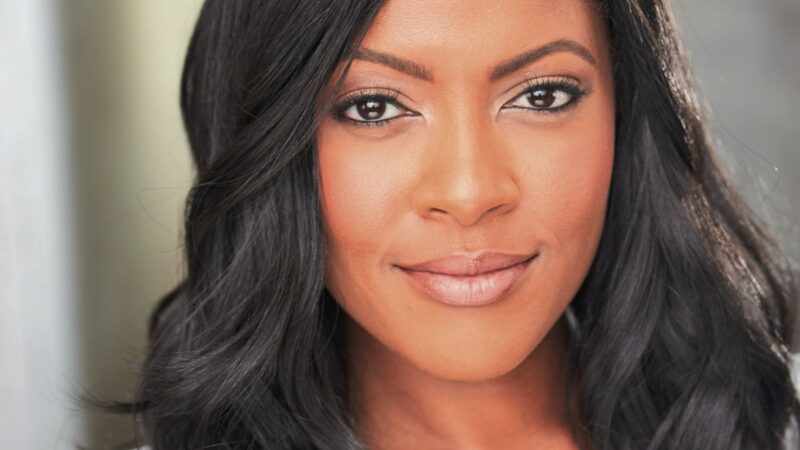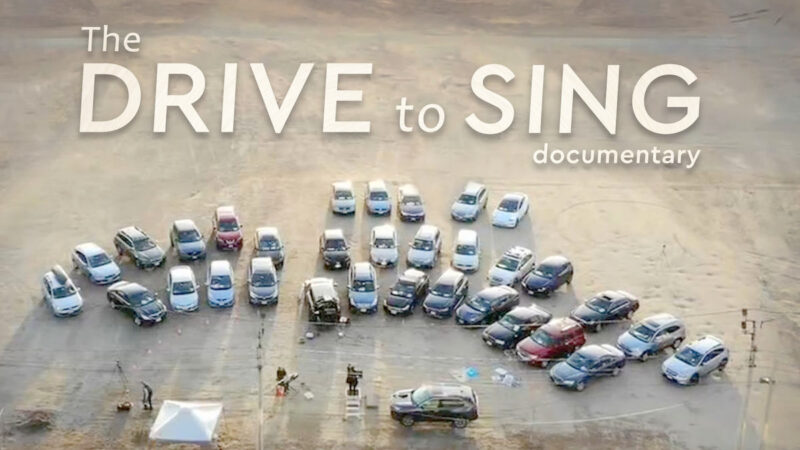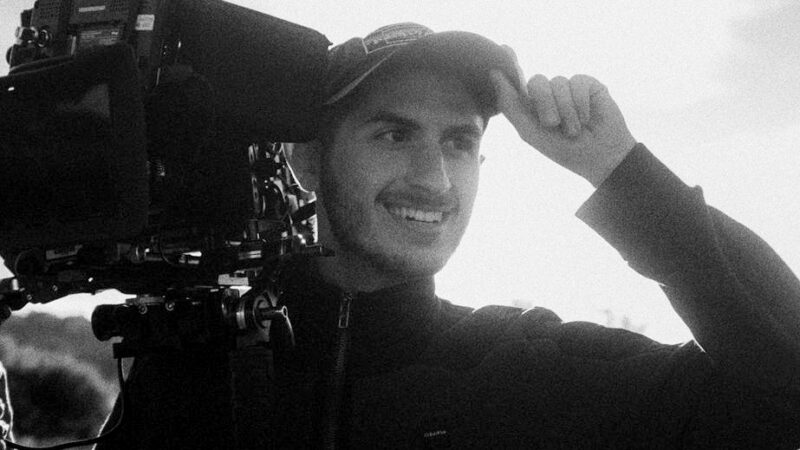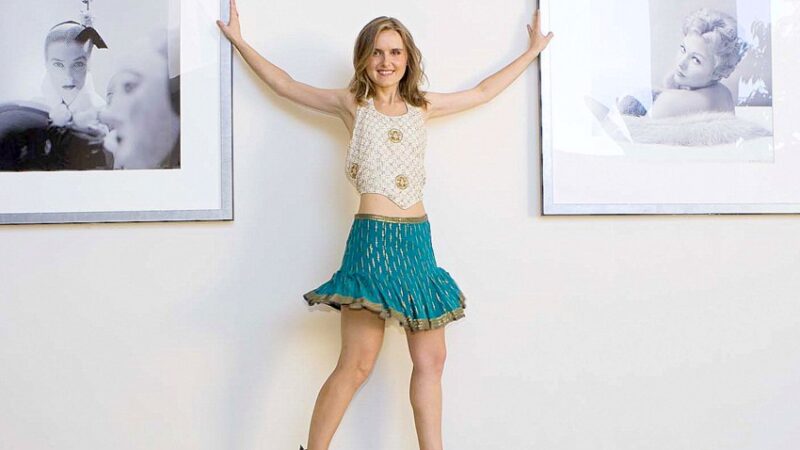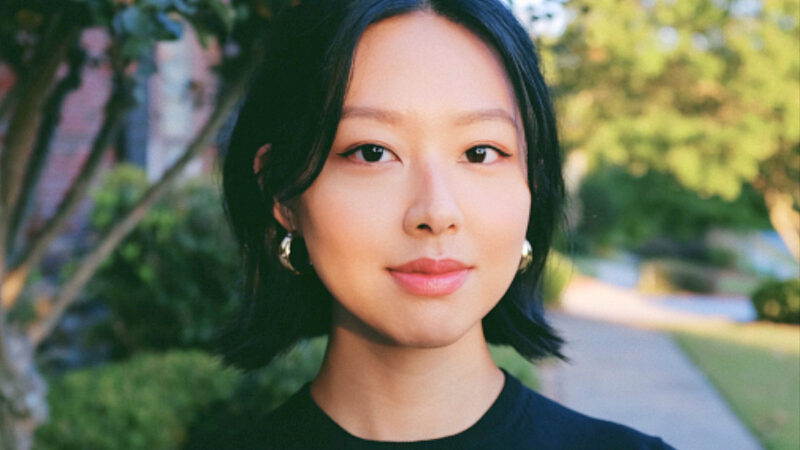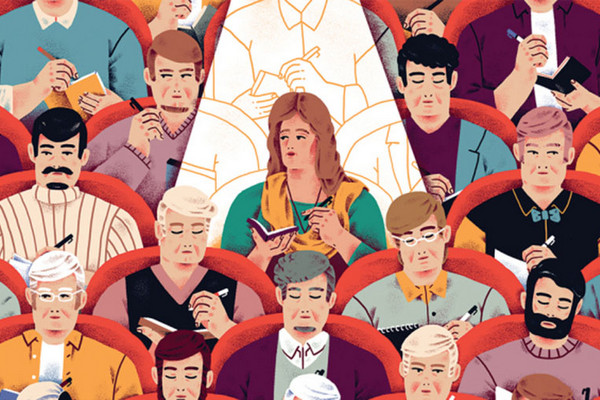
“Film criticism’s demise has been eulogized by endless film festival panelists — mostly male, mostly white. Yet, that waning power still goes largely unshared with women (and people of color).
“Film criticism is in the exact same position as late night talk show hosts,” says B. Ruby Rich, UC Santa Cruz professor of film and digital media. “The hiring of Stephanie Zacharek at Time is positive. Manohla Dargis reviews for the New York Times and Ann Hornaday is at the Washington Post. And, yet, female critics who barely got a toe-hold anyway are often the last hired, first fired.”
And there has been a decided brain drain among the few, the strong that once had industry stature. Where have the heavyweight professional critics Janet Maslin, Carrie Rickey, Caryn James, Leah Rozen, Eleanor Ringel, Lisa Schwarzbaum, Susan Wloszczyna, Claudia Puig, Christy Lemire, Lisa Kennedy and Katherine Monk gone, once they took the buyout or got shifted from their perch? Most are still writing, but their perspectives are harder to find as they navigate the passage into the digital seas and, in many cases, the loss of salary and benefits.
Martha Lauzen, executive director, Center for the Study of Women in Television and Film, has been tracking the profession for years. “Because men make up the vast majority of critics — 78% of the top critics appearing on the Rotten Tomatoes website in spring 2013 were male — films with male directors and/or writers receive greater exposure from critics,” she says.
Melissa Silverstein, founder, website Women and Hollywood, says, “We need women and people of color’s opinions on movies on all topics. However, it is vitally important that we have more women’s voices reviewing and commenting on women’s stories and on women directors because women have a different perspective than men. Not better, not worse, just different. We have our own lens in how we see the world and that makes our perspective vital.”
“Women have a different perspective than men. Not better, not worse, just different. We have our own lens in how we see the world and that makes our perspective vital.” Melissa Silverstein
Director Karyn Kusama, (“Girlfight”) says, “To me it’s the question of female directors, writers, cinematographers, designers, editors, actors and critics. If you have substantially fewer of them in the world, then we’re missing a crucial human perspective, and the world suffers for it.”
Another problem is ingrained bias, conscious or not.
Clem Bastow, culture writer at Guardian Australia, says, “The critical response to ‘The Intern’ was fascinating. There’s a subset of male critics that clearly see Nancy Meyers as code for chick flick and react with according bile. What’s very interesting, though, is that I think female critics, working in an industry that is coded as very male, if not macho, often feel the need to go hard on certain films for women, presumably because they worry that they’ll be dismissed, critically speaking, if they praise a film like ‘The Intern,’ as though they’re only reviewing it favorably because they’re women.”
Rickey, long-time Philadelphia Inquirer critic currently at truthdig.com, says, “The lion’s share of the daily and weekly reviewers is male. Are they sexist? I think not. But are they more enthusiastic about female characters seen from a male perspective, i.e. Todd Haynes’ ‘Carol?’ Possibly.”
According to the Gender at the Movies study of top critics on Rotten Tomatoes, men account for 91% of those writing for movie/entertainment magazines and websites such as Entertainment Weekly; 90% of those writing for trade publications and websites; 80% of critics writing for general interest magazines and sites such as Time and Salon; 72% of those writing for newspaper sites; and 70% of critics writing for radio outlets and sites such as NPR.
There is no evidence that gender equity is improving within the profession. According to Lauzen, “In 2013, 78% of the top critics on Rotten Tomatoes were male and 22% were female. I repeated the study at the beginning of 2015 and the numbers were the same.”
Despite the increased awareness, a reversal of the trend is not imminent.
“Unless they get the system of shaming to work against studios, agents, distributors and critics I don’t believe there will be any solution from enhanced information,” Rich says.
“Until somebody is willing to bankroll a lot of women directors, until someone is willing to payroll a critic, change will not happen,” Lauzen says.
So what keeps the industry from calling out critics on their white male majority?
“People who live in glass houses have to be very careful about casting stones,” Lauzen says. “Every corner of the film industry lacks diversity, from the executive suites, to the behind-the-scenes creative community, to those working on screen. The seamlessness of this largely closed system is astounding.”
INTERVIEWS
more interviews

